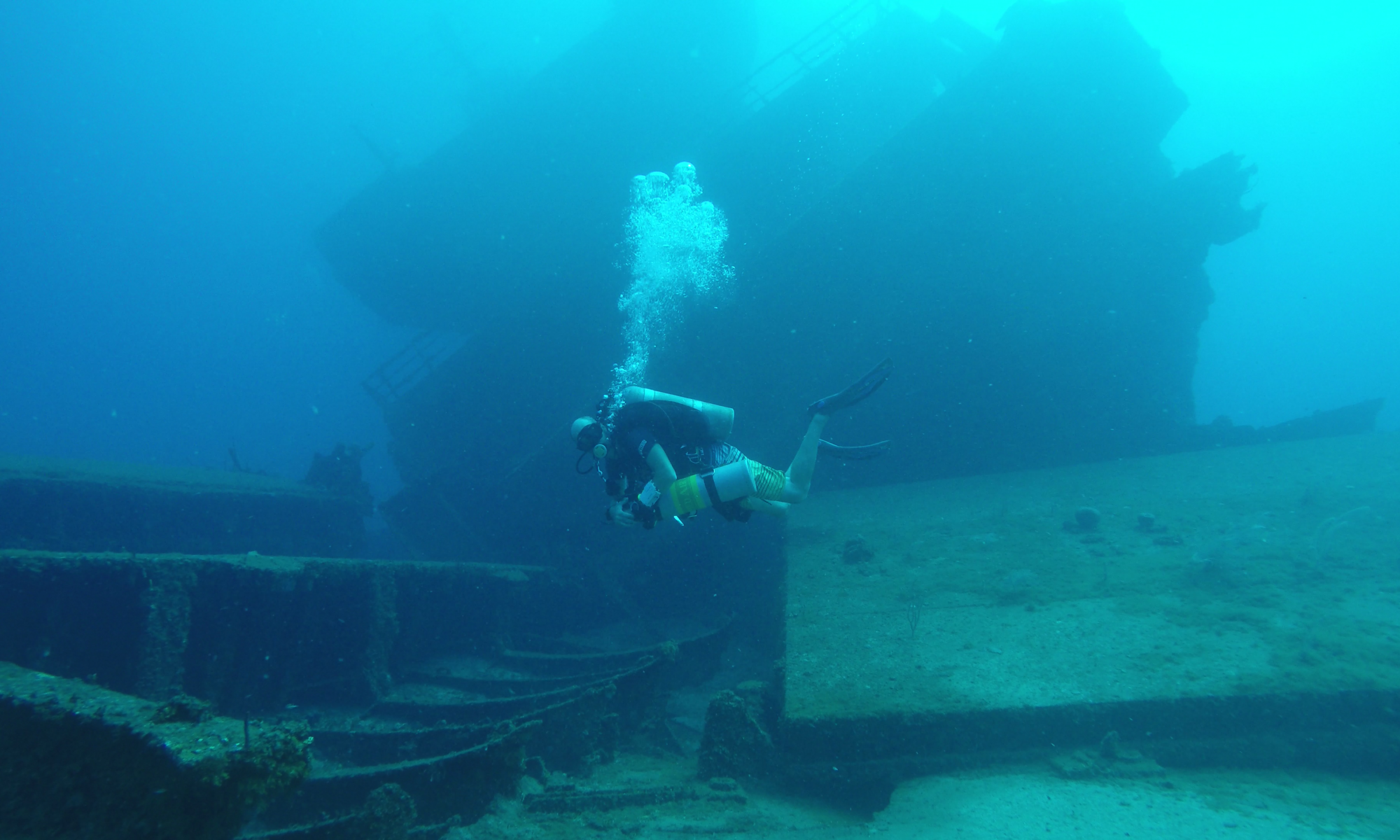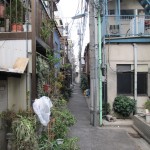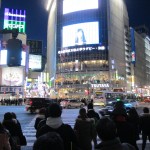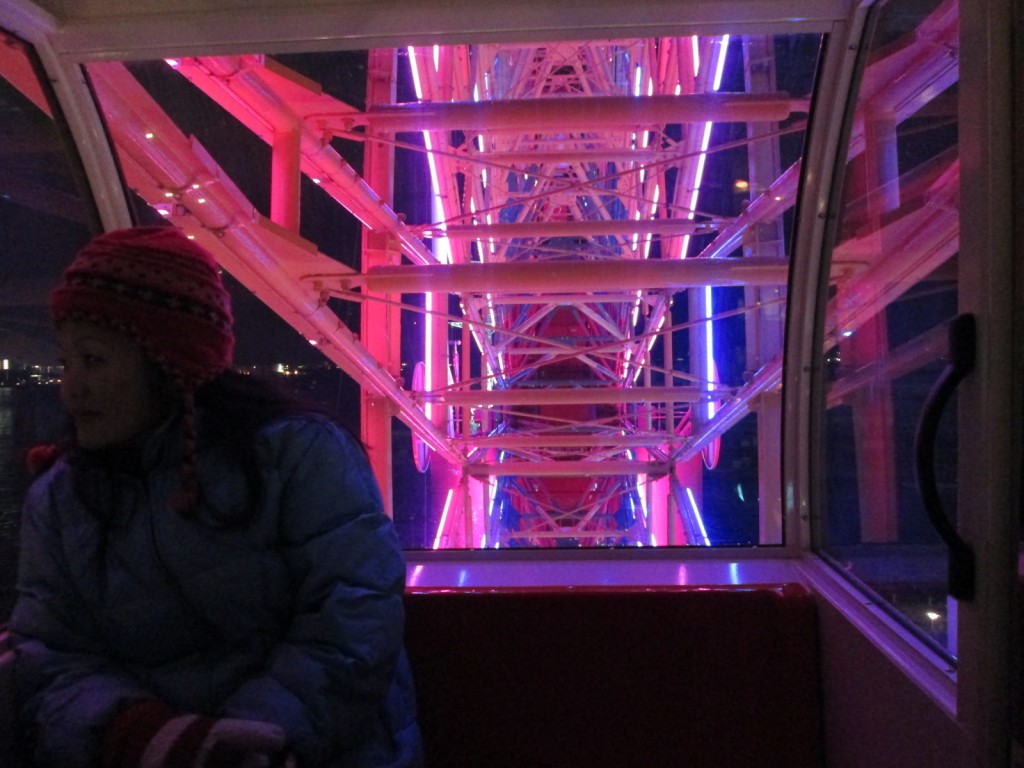On first impression, due to its similar cultural constitution, Malaysia appears to be a poorer and larger version of Singapore, but on close inspection, it is not. A very large amount of the population is Muslim, which gives everything a slightly different allure. Women walk around wearing the hijab, at certain hours cities fill-up with the imam’s calls for prayers and alcohol can sometimes be difficult to find. Not that Islamic countries around Asia are a rarity, but Malaysia was the first one I got to experience and I must admit that albeit it sort of lacks many positive aspects that I have found during my visits to other countries where this religion prevails, namely architecture, art and vibe, the cohabitation with more conventional Asian cultures is interesting.
Kuala Lumpur

Abbreviated as KL by its inhabitants and the Singaporeans, its your typical bustling Asian metropolis but this time with a Muslim twist to it. My bus from Singapore arrived much earlier than I expected and dropped me along with two younger Germans in the middle of the city and a long ways from where I had booked a bed. Early in the morning, the Imam’s first calls filled up the air, waking in the process all the workers from the countryside, who not able to afford a room in the city, have to sleep on cardboard boxes in parks and alleyways. After a couple of kilometers’ walk we made it to the hostel but not able to check in for a long time still, I collapsed on a couch on the lounge and completed my night there.

Originally, I had booked three night at this hostel, but not entirely convinced KL was worth staying so long in, I preemptively cancelled my last night, which turned out to be a smart move. An afternoon spent walling in the city’s central park, a visit to the national mosque, where I had to endure an Islam conversion speech that would make anyone with the slightest bit of knowledge of logic and basic human psychology cringe and that was it for my first day. On the second day, I went to Batu caves, an Hindu complex on the outskirts of town, visited some caverns and upon heading back to KL, made a detour through the Petronas Towers and the modern downtown area which unsurprisingly was just a very large shopping mall. Funny story, while walking in the Chinatown, I ran into a fellow traveler I had met more than two months ago in Beijing, quite an unlikely coincidence but contrary to what my wannabe Islam teacher would have wanted me to believe, not a miracle.

Kuala Lumpur is dirty, messy, noisy and badly polluted (the amount of thrash floating around after a rain storm was staggering) so I quickly got fed up with it’s dense urban environments, but one of its definitely positive aspect was again, the food, which is good, varied an cheap and the only moment of which I did not enjoy so much was the time I seriously choked on a piece of bread in the middle of a restaurant. Regardless, I began considering my options pretty soon into my stay in the city and soon found the destination that would give me the contrast in my travels I needed so much: the Perenthians. Two islands several kilometers off the eastern coast of peninsular Malaysia, with cabins set in nature, hiking, beaches and diving. With this new destination in mind, I began searching for accommodation there but soon had to give up as the options were either too expensive or unreachable. Disappointed, I turned off my computer and was soon engaged in a conversation with other travelers about the things travelers usually first speak about: their travels, where they have been, where they are going, and things in between. There, I learned that the Perenthians shut-down entirely during the monsoon season and might at the moment only be partially open and also that most had really good things to say about Penang, an island on the west coast and the location of Georgetown, and old British colonial hub now a UNESCO world heritage site and a foodie’s paradise. With this fresh new travel intelligence in mind, I figured that I could go to Penang for some days, which would get me closer to the Perenthians, would give me more time to contact hostels there and should I not be able to reach the islands at all, would at least get me nearer Thailand.
Penang (Georgetown)
A six hour bus ride, which was made longer by incessant stops to let the Muslim passengers carry on their praying duties, and I found myself in Georgetown. Not as pretty as I thought but given the amount of night markets and restaurants, the food scene looked promising.

Upon entering my dorm to set my backpack down before heading for dinner, I ran into Mike (his real name is Mikaj) from Vancouver, one of my roommates. Within one minute, I had established that he wanted to go to the Perenthians, that he had med two girls that came back from the islands saying that they were indeed partly open and that he had spent the last two weeks in Penang because he liked the food and got too lazy to move anywhere. Both coming to the realization that each other was exactly what we needed, me the information that he had and him a kick in the ass, we quickly came to an agreement that in two days we shall leave for those much sought-after islands, but keep on looking for places to stay there.
Two weeks in Georgetown though, there must be loads to do here, so I asked Mike what his recommendations were but sadly he had none in particular, he just felt that the vibe was great, and that he had discovered a luxurious hotel into which he could sneak in to enjoy the pool and jacuzzi without the staff having second-thoughts about him being a customer. I told him lounging around water surfaces was not my thing, but we still got a laugh out of this case of inverted racism. Penang is very touristic and outside of Georgetown, it’s resort after resort, but it was touted as having a great national park so I decided I should check it out and then afterwards take a walk around town. The park was somewhat of a deception, but the city tour provided an explanation as to why Mike had qualified the place as “chilled-out”. No hustle-bustle, lots of street life, sidewalks (an all to often absent concept in Asia), excellent food, a good crowd of backpackers and a city that is big but not unmanageable by foot. Back at the hostel but exhausted from a long day of walking around in the Malaysian heat, I sat down for a beer with Mike and Adam (from Sweden) which turned into two beers, which turned into three beers, which turned into a night of drinking and talking about diving between me and Adam as Mike had stuffed himself with too much Indian food and retired much earlier than us. As I am writing these lines more than two weeks later, I have had the chance to spend numerous evenings having many of those Asian beers and the curious fact about them is that if you stay away from the cheap brands, you will not get a hangover no matter the amount that you drink. You will certainly wake up dehydrated and tired, but no headache, no nausea. Perhaps these brews have been engineered specifically not to give tourists bad morning afters? So that they can have many and still be able to go out and spend money around the next day? I am digressing.

Fearing that I would be out of reach of an internet connection in the Perenthians, I spend my last day in Georgetown doing some work and that night, Mike and I hopped in a night bus to Kuala Besut, the coastal town from which the ferry boats depart. Obviously, Mike and I were unsuccessful at securing any affordable bed on the island, but we reminded ourselves that just showing up somewhere hoping for a place to stay always ends up working out in some way or another.
Pulau Perenthian Kecil
The buses in Malaysia are actually quite roomy. With only three seats on the width, there is ample space for the elbows and shoulders. Still, in spite of a sleeping pill, I could never quite get proper rest and spent the majority of the night waking up to change position only to realize that sitting was the only option.

I arrived very early at the ferry dock and after a bit of waiting, was on a small craft hopping waves towards Pulau Perenthian Kecil (“small stopping point island” in Malaysian). The ride was certainly bumpy, and indeed some other passengers appeared not to have a particularly enjoyable cruise, but it was nothing compared to what I had experienced in the past. Once on the island itself, me and Mike set out to explore the area to see what our lodging options were and as expected, there were not that many: some cabins and a resort. We reserved a chalet at the one that seemed to be the most sensible choice regarding location and price, but had to settle for a double bed which we would have to share. At 40 ringgit (6.6 $CDN) a night between the two of us, no big deal.

While scouting beds, I had also stopped by the three dive shops that were there as well and booked an afternoon dive with one of them so a quick nap and a short lunch later, I was in the water with the local marine population. The visibility was not great, not more than 10 meters, but the diversity of wildlife compensated and I got to see during that dive more species of fish and invertebrates through all my time in Honduras. Satisfied with the experience and the price (30$ for a dive), I booked another dive for the following morning, which was set to happen on Sugar wreck, a cargo ship that capsized twelve years ago during a storm and is now resting on its side in 20 meters of water at about 30 minutes by boat from the island, weather permitting of course. The season having just started, the seas could still be a bit rough and visibility poor, but that morning, mother nature decided to cooperate and made the dive possible. At a 100 meters long, Sugar wreck was to be the largest ship I would have ever dived on so I got pretty excited.
Once under, I was sort of disappointed that I could only see down to a couple of meters but soon had my attention diverted by the sheer size of the boat, all the junk that was lying around it and how nature had reclaimed the ship. The site of the sinking, originally a flat sandy plain, was now teeming with corals, anemones, bamboo sharks, carpets of sea urchins, barracudas and cuttlefishes. Even lion fishes, one of which visibly annoyed by this early morning intrusion, decided to get between me and the rest of the group, delaying my passage to the point where I almost lost them and challenging my buoyancy skills by forcing me to hover between walls of urchins, pieces of rusty metal sticking out and the roof of the cargo hold. How much more impressive must this dive have been in better conditions, but definitely satisfied, I would dive two other times around the island, but with another shop, not that the first one was inadequate, but I like spreading my business around. Although I would not be going back to Sugar wreck, I was the only customer on one dive, which really afforded me the time to properly look at things. I also did not get a chance to visit the other wreck, which apparently was guarded by a titan trigger fish with a very bad temper.

Mike occupied his time between napping and lounging on the beach so occasionally, I would join him for a game of frisbee or volleyball. The west side of the island, not yet open and essentially deserted, provided us with a lot of room to throw things at each other. Night time activities, as is to be expected in such a place, pretty much revolved around drinking and making friends at one of the few beach side restaurants or at the bonfire which some locals would make every night. Nothing unusual there, but what set this island experience apart was that the community was very small so you could make acquaintances one night and see them the next day. Soon enough, Mike and I had made buddies with a large portion of the foreigners, composed overwhelmingly of Scandinavians (and Finnish + Estonian), which made our efforts at building hype towards the Sweden-Canada Olympic hockey final that much more easy.
Normally, I would not care much about a hockey game, but the fact that I was in Malaysia on an island surrounded by sand, palm trees, tropical water and Swedish people made the whole event too extraneous/exciting to pass. So the night of the game, our cabin neighbors, a Swedish couple, had arranged with a local convenience store owner who happened to have a satellite TV to show the game. He probably had never head of the sport, but knew very well that so many customers at once would mean good business for him. Both them and Mike and I spread the word around that we should all meet there so at the rendez-vous time, the little shack was overflowing with Scandinavians and three of us Canadians, as we had only been able to find one other fellow country-woman. Naturally, we had a bet going with some supporters of the opposite team and naturally, we came out winners. Two beers per goal of difference, so six beers (Canada won 3-0), which we happily took over to the bonfire on the other side of the beach. The night ended with an infructuous quest for nesting turtles on the west-side beach and a swim, which I quietly sat out on the beach, because one person leaving the party without the others knowing could cause a major panic; someone had to play the lifeguard.

Mike had drank himself out of commission for the next two days, but I thankfully had managed my alcohol intake pretty well and only felt tired for the impossibility to sleep in the morning heat but otherwise fine. Well enough to go diving again during the day, hike to the fisherman’s village on the southern tip of the island and certainly sufficiently in shape to make it to the bonfire that night again. The following day was built around the same structure of diving, beach and bonfire, but that would as far as the routine went, I had to leave the next morning.

I had expected the Perenthians to be more “rural” than they actually were. For instance, before leaving I had told those who might need to get a hold of me that I would be disconnected for the next couple of days but to my surprise, the Internet had made it there and in fact, there were a lot of modern luxury that had reached those islands so much so that it was possible to indulge in a full-fledged resort experience. Still, the island (in its pre-high season state) provided to be an ideal compromise between size and amenities. For those that wanted a true “cabin on the beach” experience, all it took was a short taxi-boat ride to another more remote beach. And if you felt more social, the small crowds gathering at the handful of restaurants for the evening barbecues were a good way of making some interesting encounters. It suffices to say that my time on the Perenthians has been the highlight of Malaysia for me.
Moving North
Malaysia is split in two between the actual continent and the island of Borneo. Obviously, it was not practical for me to the latter as well, so sadly, there is a whole part of that country that I missed. I might come back to it if ever I do go to Indonesia, but while I’m immensely glad of having passed through Malaysia, I found that it generally lacked in charm and that at the end of the day, there was not a whole lot of things to do or places to go that seemed appealing to me.
Anyhow, I left the Perenthian Islands on the first ferry with two ladies that were both going up to Thailand, very relieved to be tagging along to someone that knows the way since that time, it was a pretty complicated journey and I had not done my homework. As for Mike, he replaced me with a Norwegian “friend” he had made himself earlier during his journey and that happened to be arriving on the very same ferry that was about to take me back on the continent. Let’s say that I fully understand why he did not seem terribly unhappy to see me go.
I’m sort of thrilled to go to Thailand, partly for the hype that has been building up during my whole trip but also for the fact that my time constraints are far looser here that they have been so far. I’m only suppose to meet a friend visiting me from Canada in Vietnam mid march and in Thailand itself, I should meet-up with two different travelling buddies, Rimas, my old diving instructor whom I saw in Hawaii and Jesse, an American I befriended while in Seoul.





























